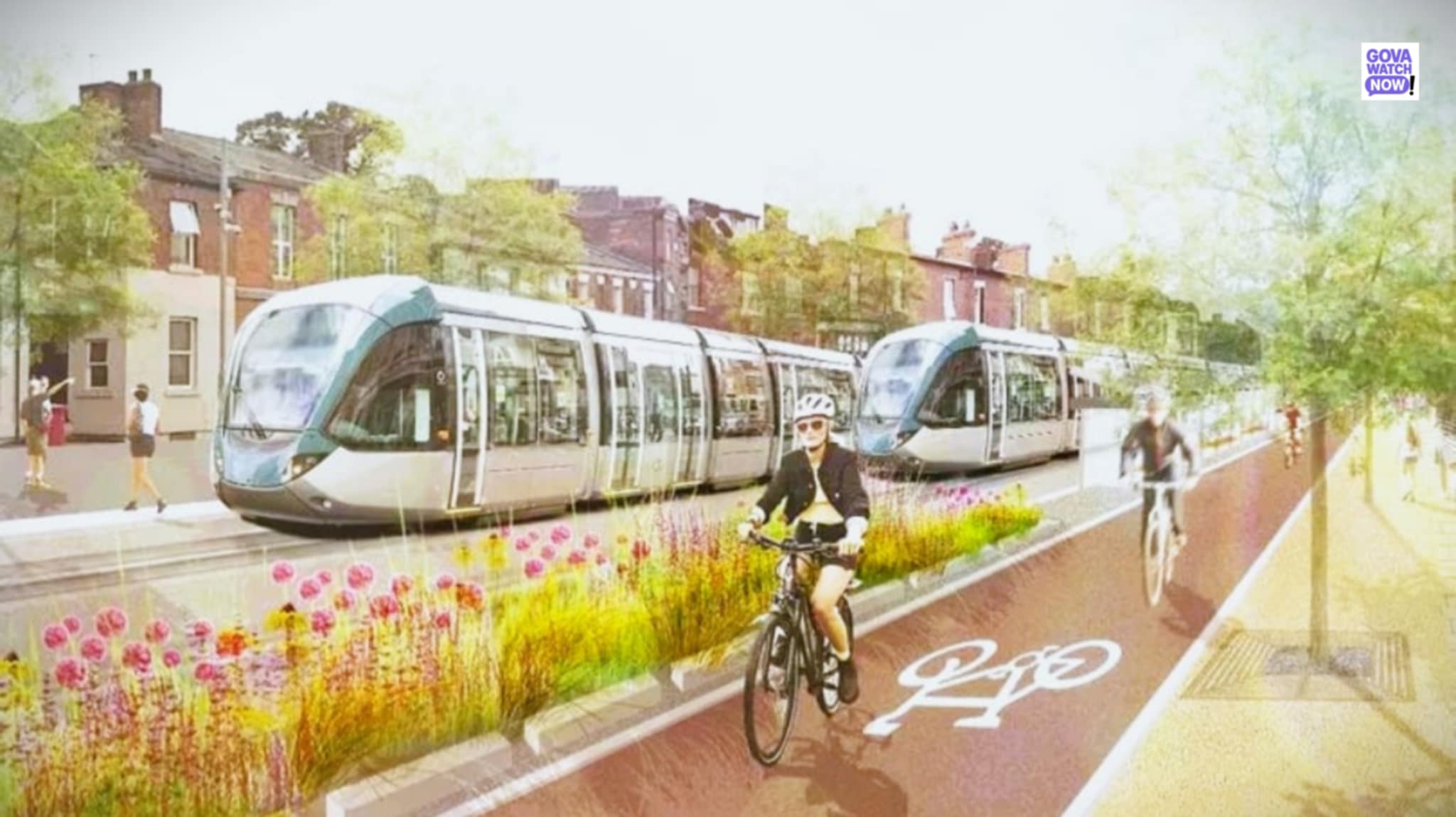West Yorkshire is poised to see trams return to its streets for the first time in over 65 years, following a significant announcement by Shadow Chancellor Rachel Reeves. The allocation of £2.1 billion in transport funding marks a major step forward for the region’s public transport infrastructure, promising to deliver enhanced connectivity and economic growth across Leeds, Bradford, and surrounding areas.
Leeds, notable as the largest city in Western Europe without a mass transit system, is set to benefit substantially from this investment. The new tram network aims to provide reliable, efficient, and accessible transport options for commuters, reducing road congestion and improving journey times. Beyond transportation, the funding will support job creation and stimulate local business growth throughout the development and operational phases.
Environmental considerations are central to the project’s vision. With zero-emission trams replacing a significant number of private car journeys, West Yorkshire is advancing its commitment to achieving net-zero carbon emissions. The anticipated reduction in traffic congestion is also expected to improve air quality and overall urban livability in the region.
The tram system’s reintroduction holds cultural as well as practical significance. Once an integral part of West Yorkshire’s urban identity, trams symbolize a return to sustainable, people-centred transport solutions. The project has garnered widespread support from local authorities and communities eager to see the region’s public transport network modernized and expanded.
Integration with existing bus services, rail infrastructure, and active travel routes such as cycling and walking paths is planned to ensure a seamless and comprehensive transport network. The construction phase alone is forecasted to generate thousands of employment opportunities, delivering both short- and long-term economic benefits.
As West Yorkshire embarks on this transformative journey, the revival of its tram system represents a forward-looking approach that balances heritage with innovation laying the groundwork for a cleaner, more connected, and economically vibrant future.




